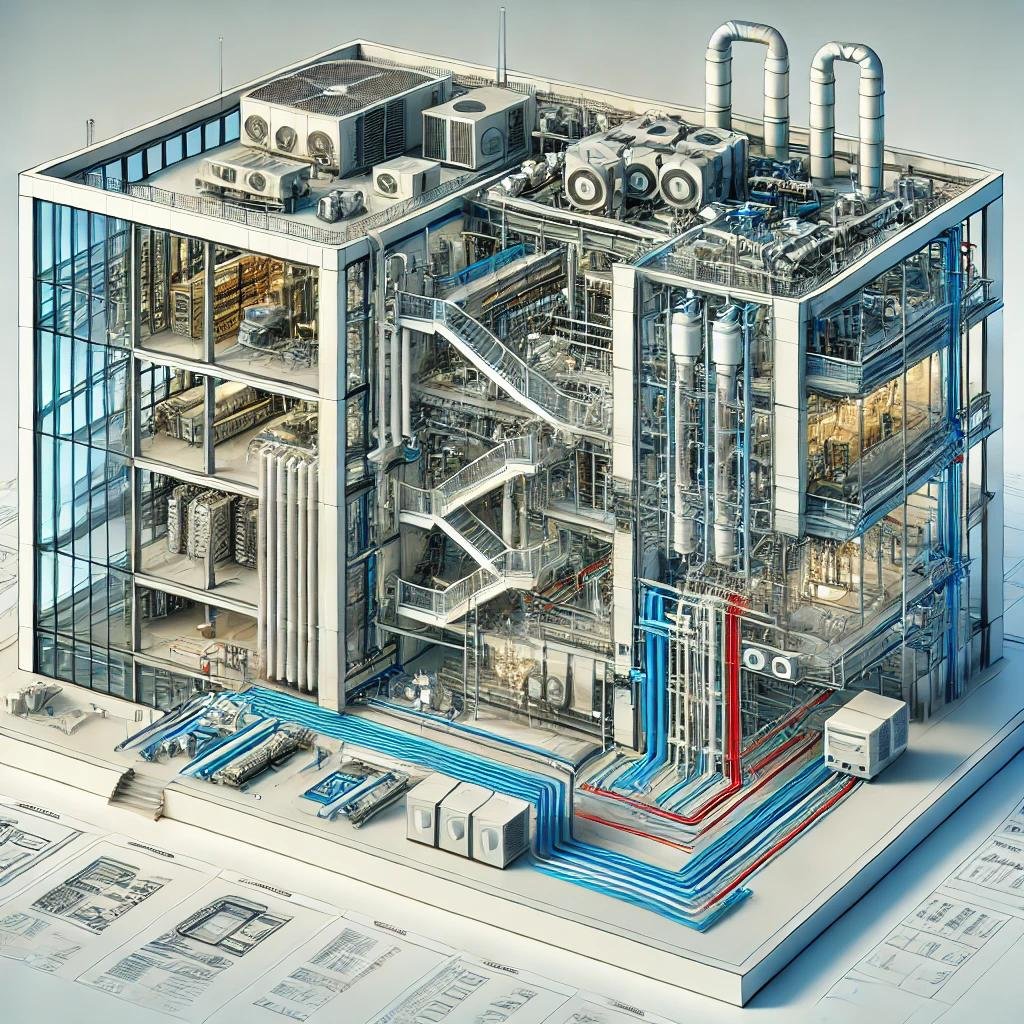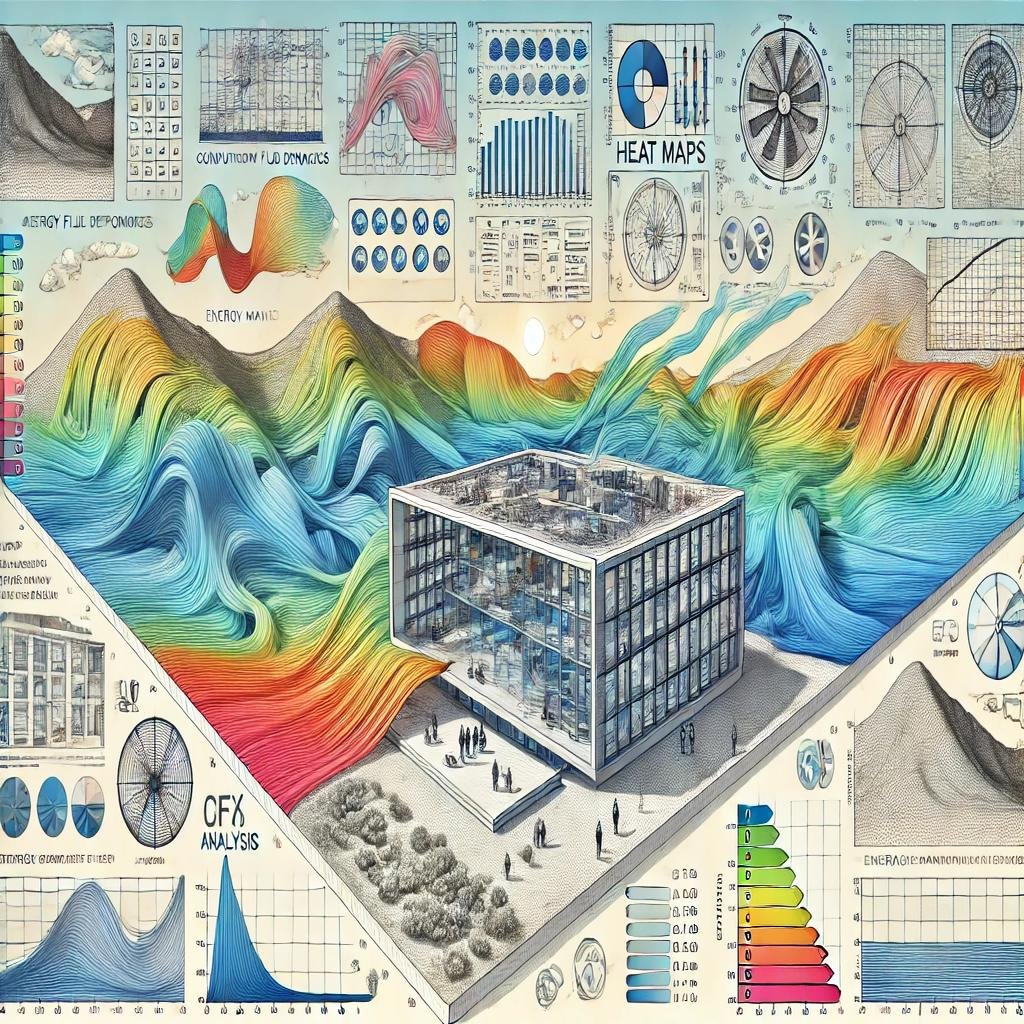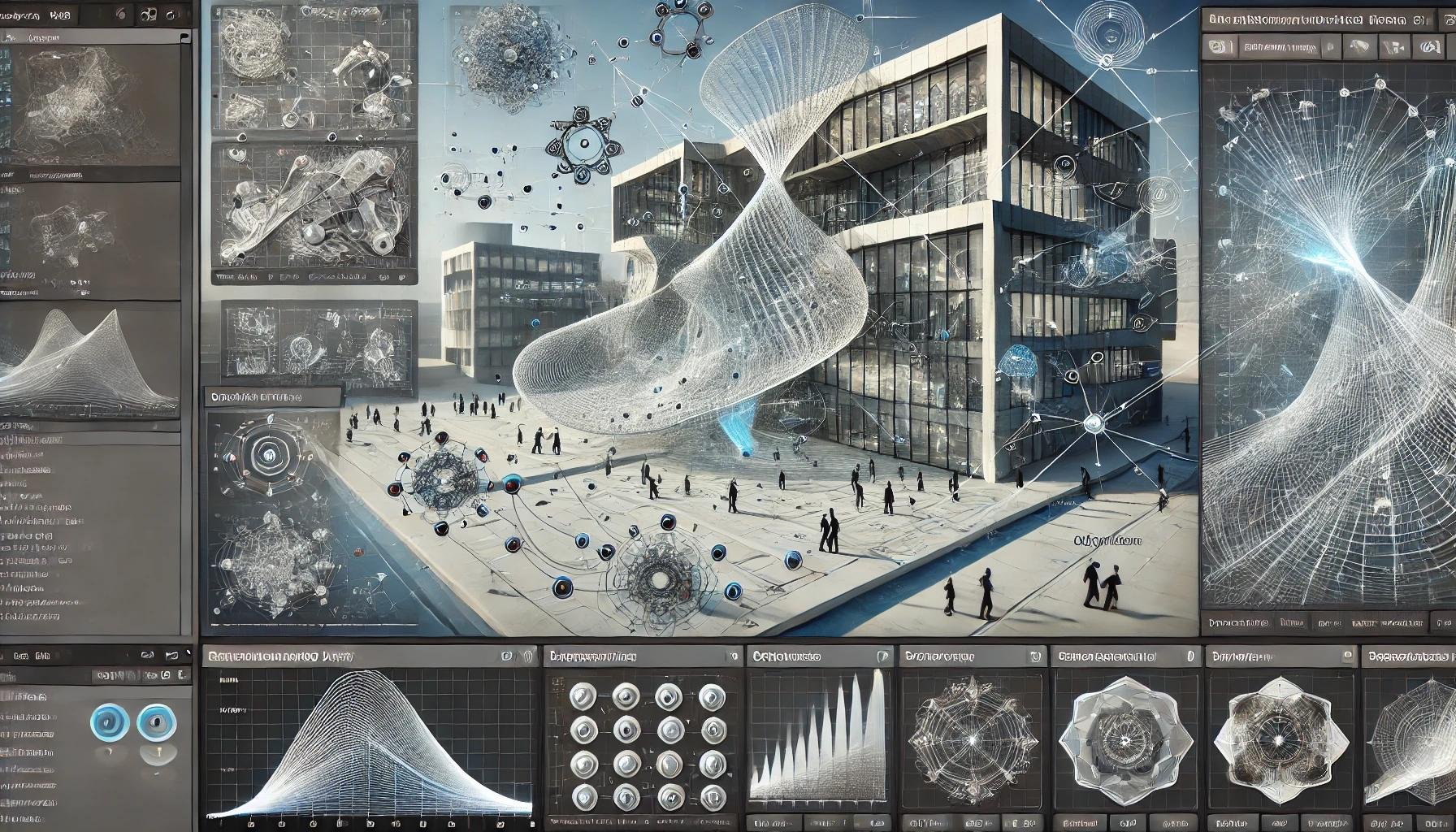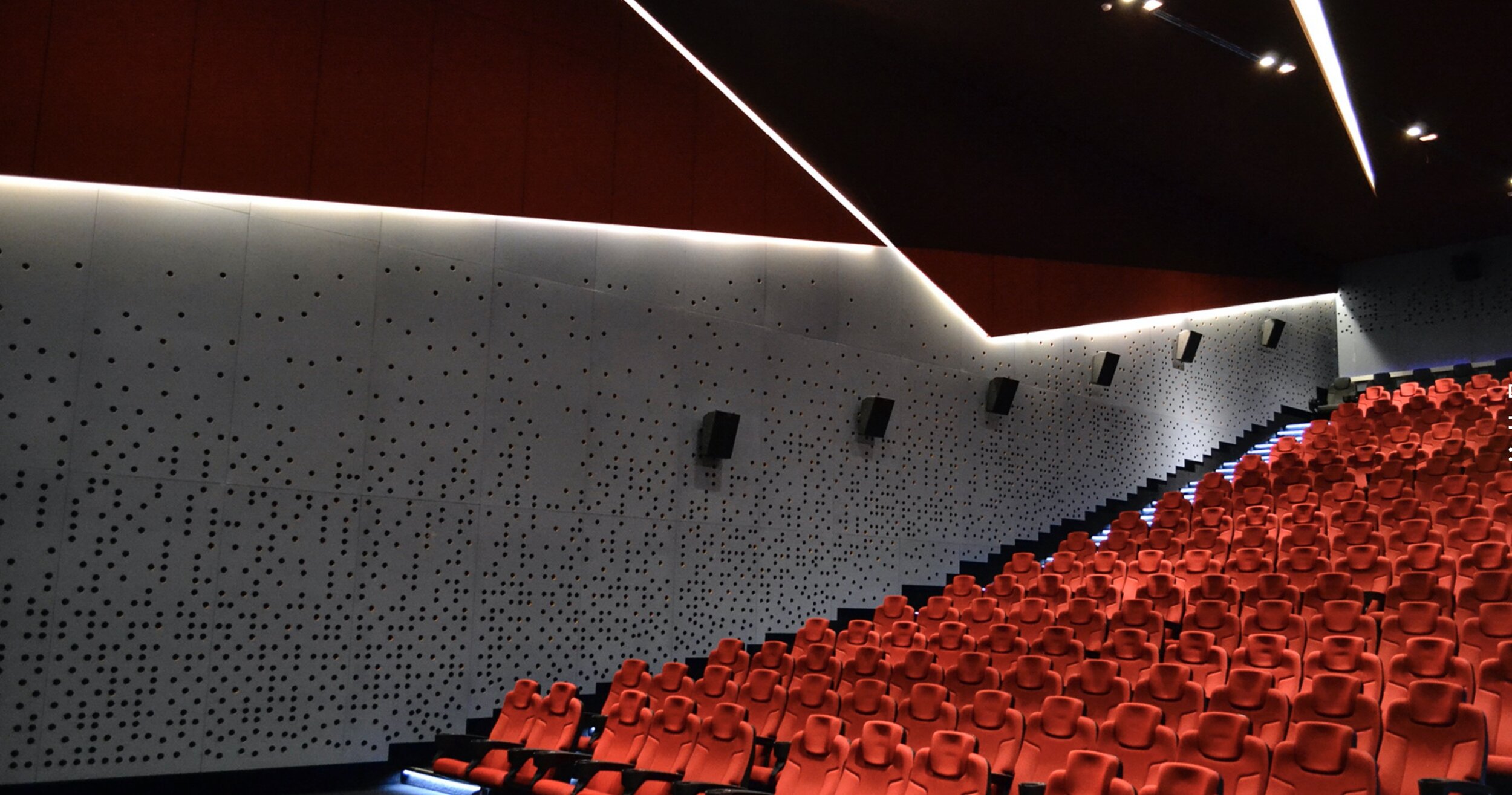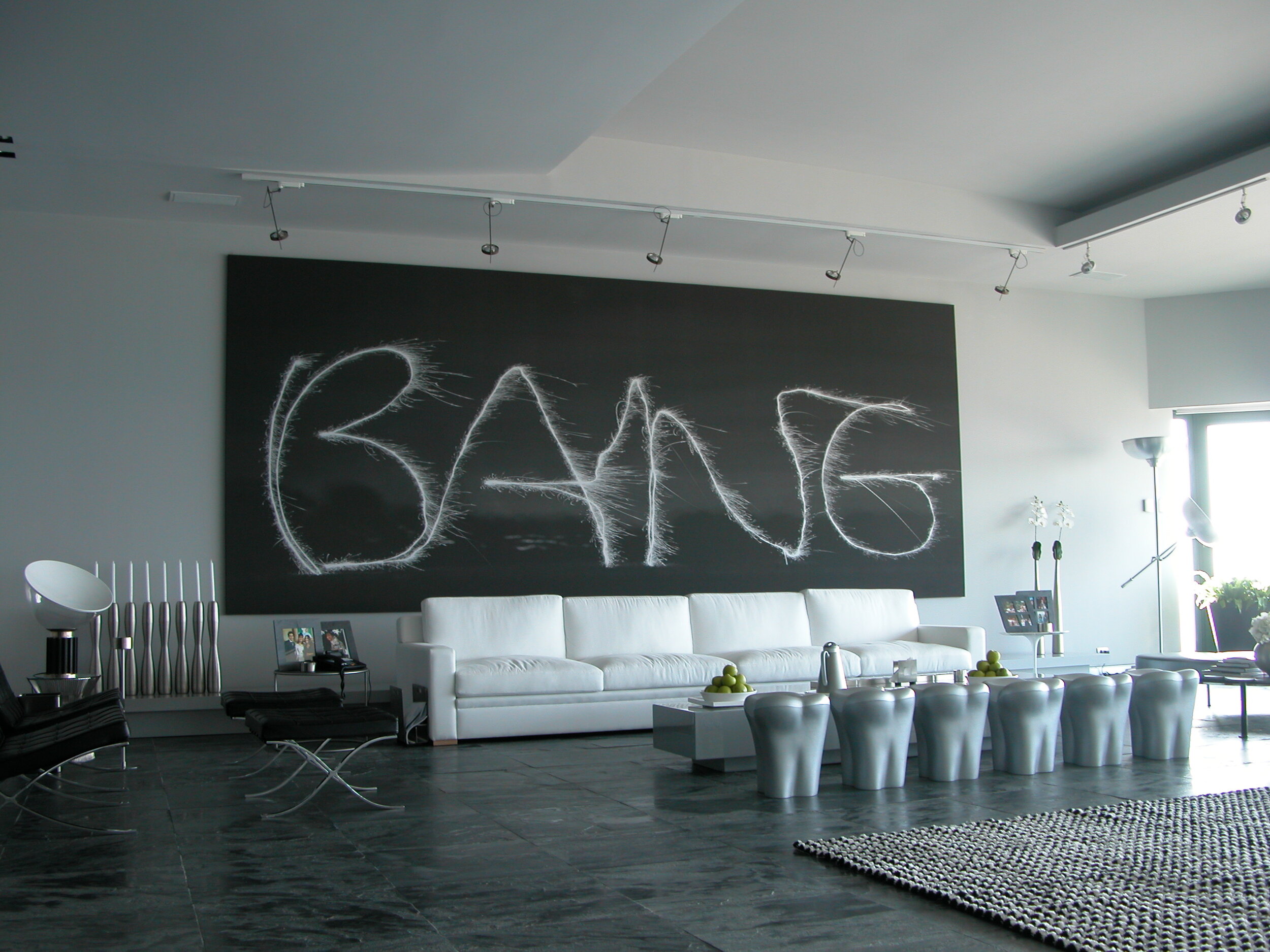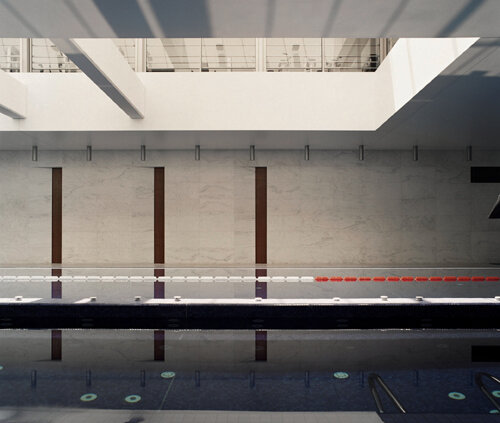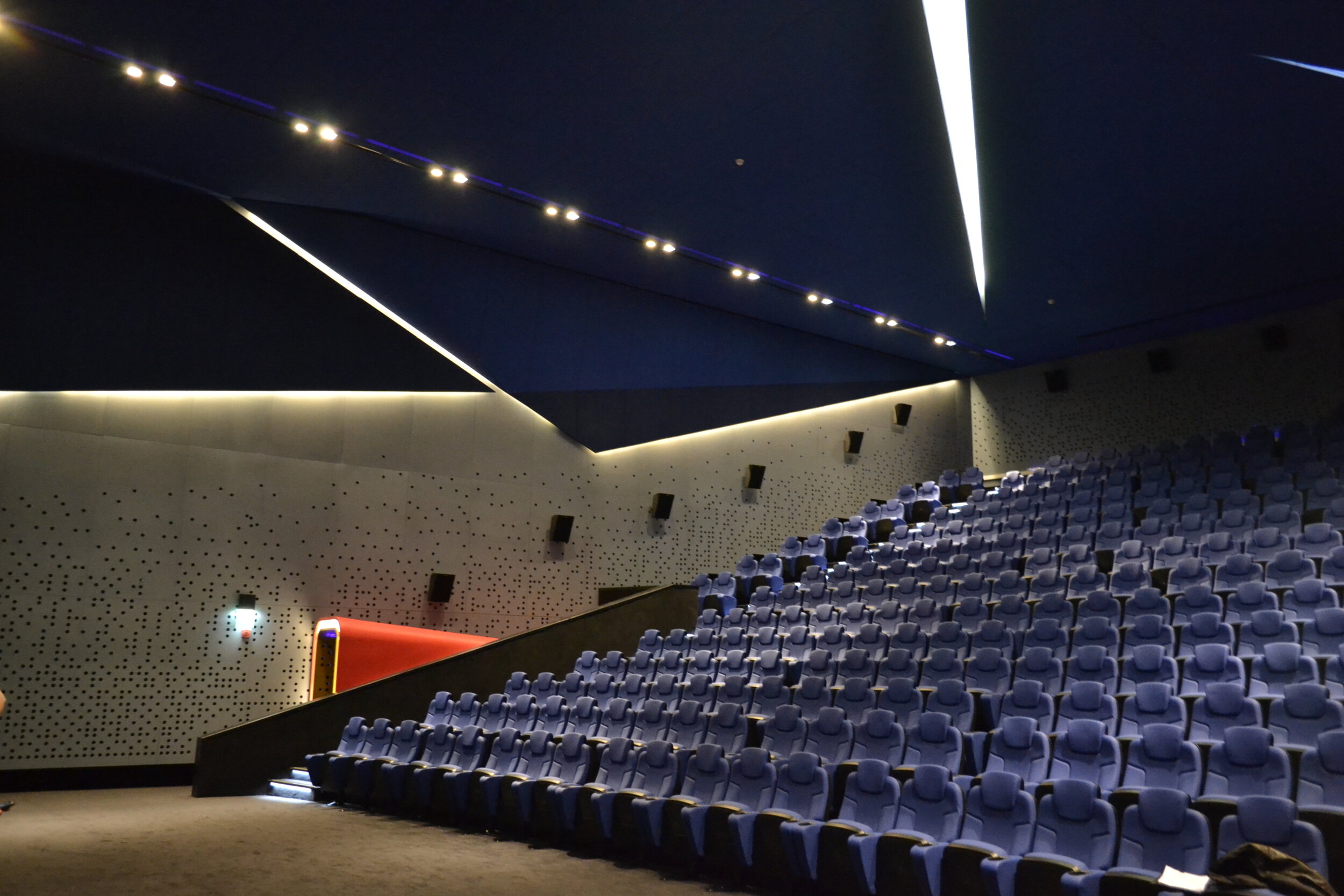The main focus of Engineering Creativity is to re-unite the fundamental skills that brings the delicacy of artistic instincts to solve engineering problems and engineering mindset to help express and explore the artistic mind.

Our Design Services
Four Departments at the Forfront of Engineering Digital Development.
We provide the utmost level of collaboration, quality and efficiency by embedding our engineers within collaborating firms. Our Engineers are the top 1% of professionals in the built environment. We contract a Review Board of Exceptional Professionals with 30+ years of experience to guarantee quality at each design stage. Our clients range from developers, architects, interior designers, artists, private owners, and educational institutions (R&D).
High Performance Building MEP Design
Mechanical - Electrical - Public Health - High Performance Equippment Design - Snergy Between Discipline
High-performance building MEP (Mechanical, Electrical, and Plumbing) design integrates energy-efficient systems with innovative technologies to optimize building performance.
It focuses on sustainable solutions like HVAC systems with advanced controls, energy recovery ventilation, and efficient lighting. Electrical systems incorporate smart grids, renewable energy sources, and demand-response strategies.
Water-saving plumbing fixtures and systems are designed for minimal waste and recycling. The design process involves detailed simulations using parametric tools for energy modeling, ensuring low environmental impact while maintaining occupant comfort.
Overall, high-performance MEP design emphasizes resilience, operational efficiency, and alignment with green building standards, such as LEED or BREEAM.
Energy Modelling and CFD Analysis
Thermal Comfort - Energy Analytics/Prediction - Daylighting - Natural Ventilation - Digital Twin - CFD for Massing - CFD for Comfort Analysis
Energy modeling and Computational Fluid Dynamics (CFD) are critical tools for optimizing comfort in building design.
Energy modeling simulates a building’s energy consumption, predicting heating, cooling, and lighting loads based on various scenarios.
This helps identify energy-efficient strategies while maintaining indoor comfort. CFD simulates airflow, temperature distribution, and humidity levels within spaces, ensuring even distribution of air and reducing hotspots or drafts.
Together, these tools allow designers to create environments with optimal thermal comfort, air quality, and energy efficiency by analyzing data-driven scenarios, testing solutions, and refining designs to meet high-performance building standards.
Parametric Engineering and Digital Optimisation
Parametric MEP Engineering - Parametric Acoustic Engineering - Workflow Development - Automation - Optimisation - AI Integration
Parametric building engineering leverages algorithms and data-driven processes to design complex structures by defining relationships between design variables.
This approach allows engineers to rapidly explore multiple design options and optimize for performance criteria such as structural integrity, energy efficiency, and aesthetics.
Digital development and workflows integrate these parametric models with digital tools like BIM (Building Information Modeling) and automation platforms. This seamless integration enhances collaboration across disciplines, automates repetitive tasks, and accelerates decision-making.
The result is a more efficient, adaptive, and innovative design process, enabling highly optimized, sustainable buildings that respond dynamically to changing project requirements.
Renewable Energy and Regenerative Design
Hydrogen Production, Storage and Application - Solar Systems - Wind Systems - Geothermal Systems - Water Harvesting - Waste Management - Regenerative Design
Renewable energy encompasses clean, sustainable sources like solar, wind, and hydropower, reducing dependence on fossil fuels.
Hydrogen, produced through electrolysis using renewable power, offers a versatile energy carrier with applications in transport and industry. Water harvesting systems capture and store rainwater or extract moisture from the air for sustainable use.
Regenerative design focuses on creating systems that restore and enhance natural ecosystems, emphasizing circular resource use and minimizing environmental impact.
It integrates energy-efficient designs, renewable energy solutions, and sustainable practices, resulting in buildings and infrastructure that contribute positively to the environment while addressing current and future needs.
How We Do It
Through our recent history, the global workforce has been disseminated into ever so specialised fields. Whilst this has created progress in both the creative and analytical worlds, it has also separated the fundamental skills that once brought the delicacy of artistic instincts to solve engineering problems and engineering thinking to help express the creative mind.
We provide the utmost level of collaboration, quality and efficiency by embedding our engineers within collaborating firms. Our Engineers are the top 1% of professionals in the built environment
Architectural Creativity
Architectural creativity is the fusion of artistic vision with engineering precision, where form and function harmonize to create innovative designs.
It involves exploring bold ideas, unique shapes, and inventive materials while ensuring structural integrity and efficiency. Engineering plays a crucial role in transforming creative concepts into reality by providing the technical solutions needed for stability, safety, and functionality.
The relationship between architectural creativity and engineering is symbiotic—engineers refine and enhance creative designs, while architects push engineering boundaries with visionary concepts.
Together, they produce buildings that are not only visually striking but also sustainable, resilient, and highly functional.
Engineering Creativity
Engineering creativity involves finding innovative solutions to complex challenges, merging technical expertise with inventive thinking.
It plays a crucial role in architecture by transforming visionary concepts into buildable realities.Through creative engineering, structural designs are optimized for efficiency, sustainability, and performance.
The collaboration between engineering and architecture is vital—while architects conceive bold and imaginative designs, engineers devise methods to make them feasible.
This partnership pushes the boundaries of what’s possible, leading to structures that are not only aesthetically compelling but also structurally sound, energy-efficient, and responsive to environmental needs, enhancing both form and function in modern architecture.
Integration Synergy
Combining engineering creativity with architectural creativity unlocks limitless potential in design and construction.
This synergy leads to visionary structures that are both innovative and functional. Architects bring bold concepts, imaginative forms, and aesthetic vision, while engineers apply creative problem-solving to make these ideas structurally sound, sustainable, and efficient.
Together, they push the boundaries of design, enabling the creation of groundbreaking buildings that harmonize form, function, and performance.
The integration of both disciplines results in iconic designs that are not only visually stunning but also technologically advanced, resilient, and tailored to human and environmental needs, shaping the future of architecture.
